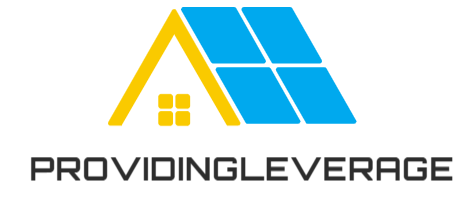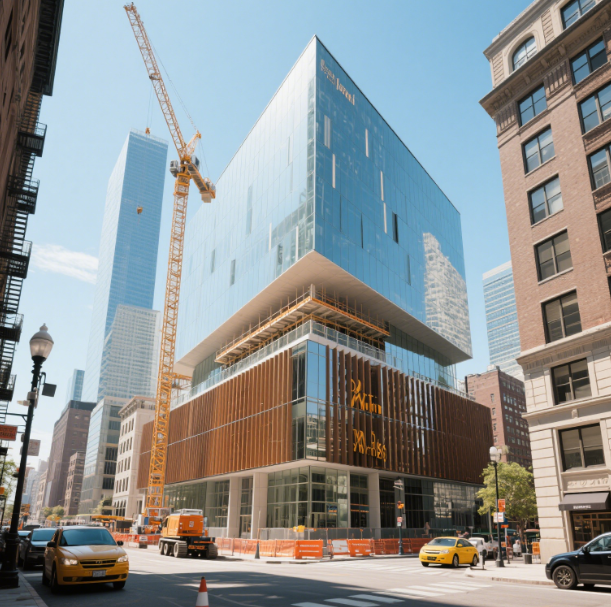In the ever – evolving landscape of entrepreneurship, the concept of “Building in Public” has emerged as a popular trend. As of April 11, 2021, more and more individuals are drawn to it, though the exact reasons remain a bit of a mystery. Is it the allure of a hot new trend, or the growing emphasis on transparency?
After crafting what I thought was a comprehensive guide to help people embark on their Building in Public journey, I found myself engaged in various conversations—speaking at events, appearing on podcasts, and having private chats. While I believed my guide covered a lot of ground, I soon realized that changing mindsets isn’t an overnight process. It’s a path of self – discovery and practice, and along the way, I’ve encountered several recurring questions. Here, I aim to shed light on the top five misconceptions about Building in Public.
Misconception 1: “Building in Public takes up a lot of time which I don’t have”
There’s a group of people who view Building in Public as a daily chore. They feel an obligation to broadcast every aspect of their work, from progress updates to lessons learned and achievements. This behavior is particularly common among the maker community, likely because they use Building in Public as an accountability mechanism. However, this daily sharing can quickly become exhausting and counterproductive. It piles on extra work that may not contribute to the overarching goals.
Building in Public, at its core, is not about a rigid daily routine. It’s a mindset—a way to cultivate an authentic and transparent personal brand. Take Alison Seboldt, for example. She’s a maker and programmer who shares just one reflective blog post each month. In it, she openly discusses her business metrics, challenges, and learnings. Her approach is a shining example of Building in Public done right—true to herself, reflective, and openly sharing her thoughts without the pressure of daily updates.
Misconception 2: “I’m not comfortable sharing so much”
Many entrepreneurs are hesitant to share business metrics publicly. These numbers are like a window into the health of their business or product, and sharing them can invite a flood of questions and challenges. When some high – profile builders, like Paul from Copy AI and YongFook from Bannerbear, openly share their numbers, it can create a sense of pressure for others to follow suit.
The truth is, you don’t have to bare it all. You’re not obligated to share every number or reveal your closely – guarded secrets. What’s crucial is to clarify your narrative and goals. Why do you want to Build in Public? Is it for self – accountability, to establish an image for users or investors, or to share lessons with others? Once you understand your motivation, you can find that delicate balance between sharing enough to be authentic and protecting your interests.
Misconception 3: “I don’t want to look like I’m bragging”
As Building in Public gains popularity, there are those who use it as a guise for showing off and generating marketing buzz. But just because some abuse the concept doesn’t mean you will come across as bragging when you do it.
The secret to authenticity lies in writing for others, not for yourself. The goal should always be to educate. Before hitting the publish button on any Building in Public content, ask yourself: Will this help someone learn something? If the answer is yes, go ahead. If not, it might be veering into bragging territory, and it’s best to hold off.
Misconception 4: “Building in Public seems to be a nice marketing hack”
It’s easy to be misled by the success stories of some who have gained a lot of exposure and followers through Building in Public. It can seem like a magical formula for success, but appearances can be deceiving. We often only see the top 1% of those Building in Public, while the other 99% go unnoticed. And just because someone has a large following doesn’t mean their business or product is successful.
Building in Public is just one piece of the puzzle. For true success, you need to focus on other aspects, such as solving real problems, finding customers, and providing excellent service. Followers don’t automatically translate into customers, and relying on Building in Public as a sole path to success is a recipe for disappointment.
Misconception 5: “I’m not good enough to Build in Public”
Many people I’ve spoken with are reluctant to start Building in Public because they’re afraid of sounding inexperienced or uncertain. In a world where everyone else seems so confident, it can feel risky to put your vulnerable self out there.
However, this fear stems from a misunderstanding of human connection. We’re not drawn to perfection; we’re attracted to those who are eager to grow and learn. We value those who are willing to share their knowledge and experiences, not those who claim to be experts.
There will always be someone who can learn from you, no matter how small your audience may seem at first. Every journey starts with a single step, and with practice, your Building in Public skills will improve. But if you never take that first step, you’ll be stuck in a cycle of fear.
The root cause of these misconceptions is our tendency to compare ourselves to others. When we see successful builders doing certain things, we assume we must do the same. But Building in Public is a personal journey. Instead of blindly following others, we should take the time to understand the concept, figure out how it fits into our own paths, and use it to become better versions of ourselves. Once we identify our true motivation and define our own comfort level for sharing, we’re well on our way to a successful Building in Public experience.




